It should not be difficult to guess that the fez, which is identified with the use of Turks especially in the Ottoman Period, and frequently seen in TV series and films of the period, has functions more than a hat.
Used by almost everyone in the Ottoman Empire, so to speak. a bridge between the people the fez, which even includes the Qur’an and spirituality; we will examine together with you the process of its emergence, reaching the Turks, the process of getting used to and the removal.
Let’s come together now to the unknown features of the fez and to his strange story let’s take a look.
The fez, which was once haunted by people, is actually just the name of a city.
city of Fez
The feze, which came to the Ottoman Empire in about 1825, was first used. Because it is produced in Fes, Morocco It was called fez. Although there are societies that call fez “fez” or fés due to its use in different languages, it is generally known as a fez in the world.
The new and modern army needed new and modern equipment. Fez was a perfect fit for this need.
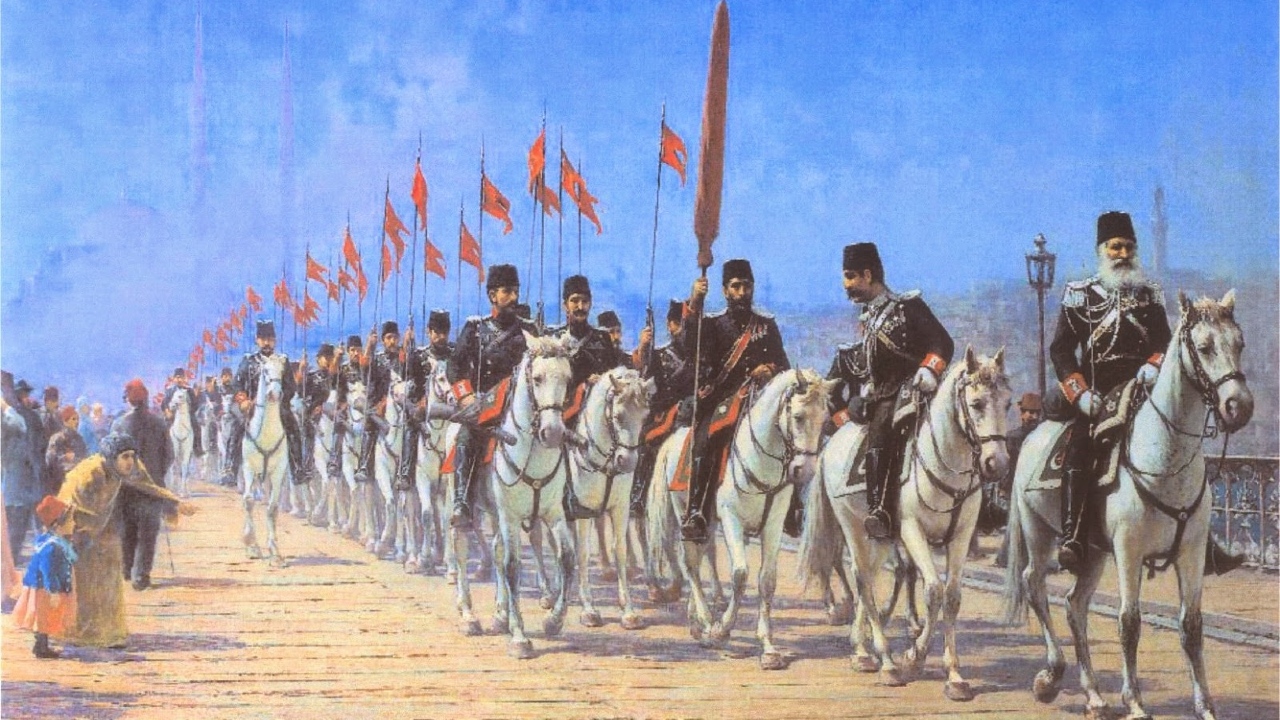
Asakir-i Mansure-i Muhammediye
Giving great services to the Ottoman Empire for 463 years. JanissaryIn the last years of his life, due to his behavior that did not consider the interests of the state, together with the Vaka-i Hayriye (auspicious event) in 1826, II. Removed by Mahmud.
Instead of the Janissary Corps, with the idea of a new and modern army Asakir-i Mansure-i Muhammediye army was formed. Just like the Janissaries, this army should have had a dress culture, and this deficiency was completed with the fezs that Captain-i Derya Koca Hüsrev Pasha brought with him on his return from the Morocco/Tunisia expedition.
A hat revolution was also tried during the Young Osman Era, but it was not accepted by the public for religious reasons.
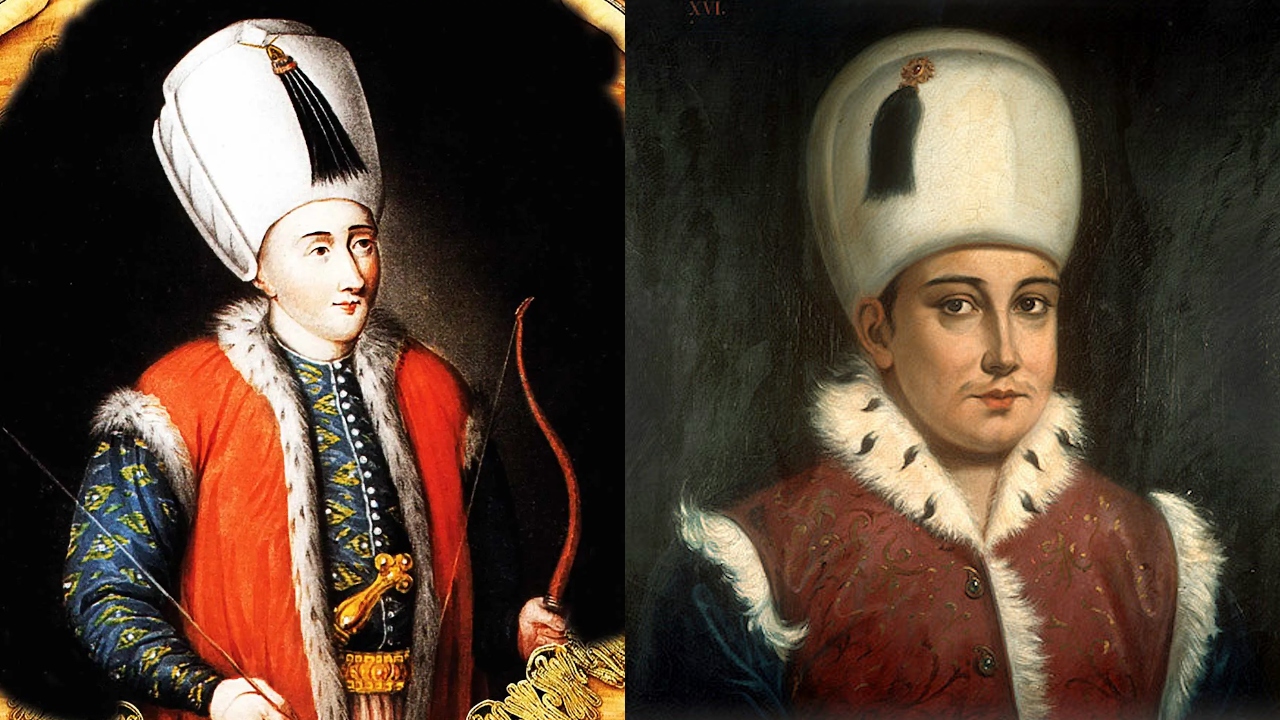
II. (Young) Osman
One of the first names that come to mind when the innovator sultan in the Ottoman Empire is mentioned, II. (Young) Osman dressed in a European style during his reign. Scientists and scientists and other administrators, II. Although they obeyed Osman, the people especially brimming hats causing trouble during prayer could not adopt these innovations.
However, II. With the edict written after the army wore the fez in the Mahmud Period, it became compulsory for almost everyone to wear the fez. With the written edict religious scholars and clergy was allowed to wear a turban
Although the people initially rebelled against the fez, it was adopted in a short time because it did not cause any problems in prayer.
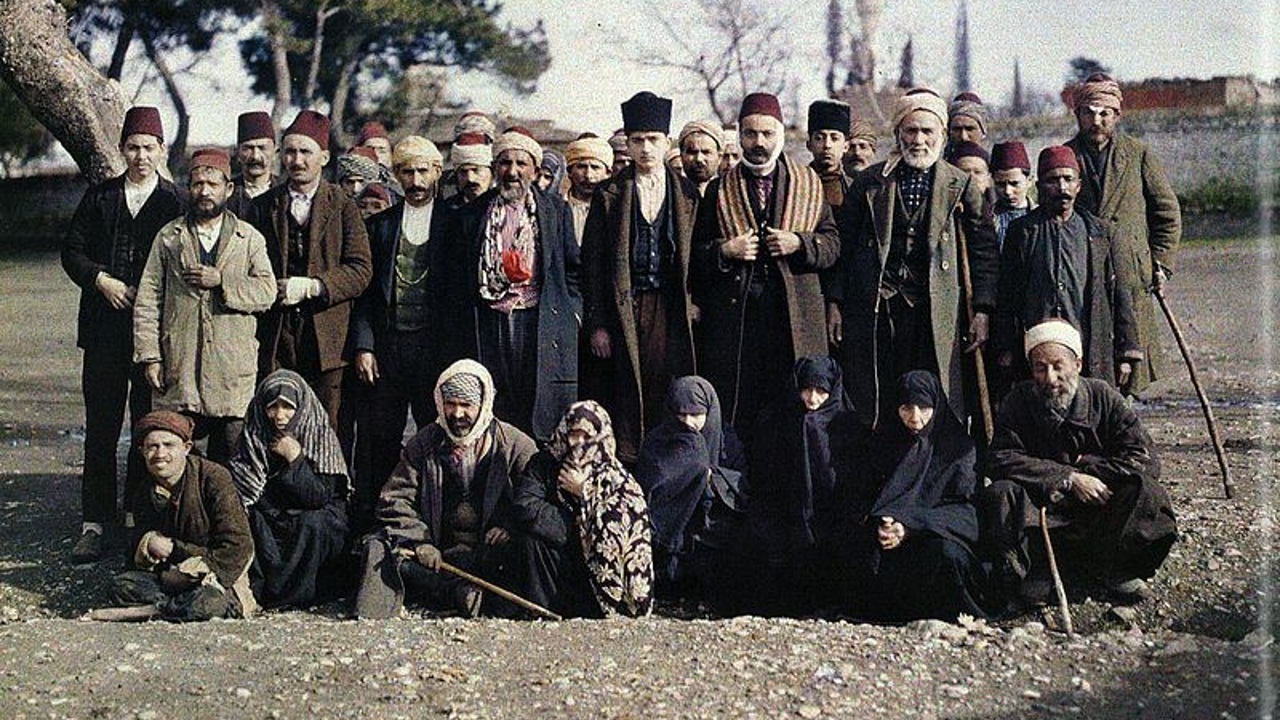
During prayer in previous reforms for preventing the forehead from touching prostration The hat reforms, which were rejected, were met by the public because this time the fez was suitable for prayer, but even this process was a painful one. The reason that this reform was not compatible with religion was the reason why the process was painful. Fortunately, the majority accepted the fez and the fez was used in daily life.
While fez provided unity and solidarity, it also marginalized people.
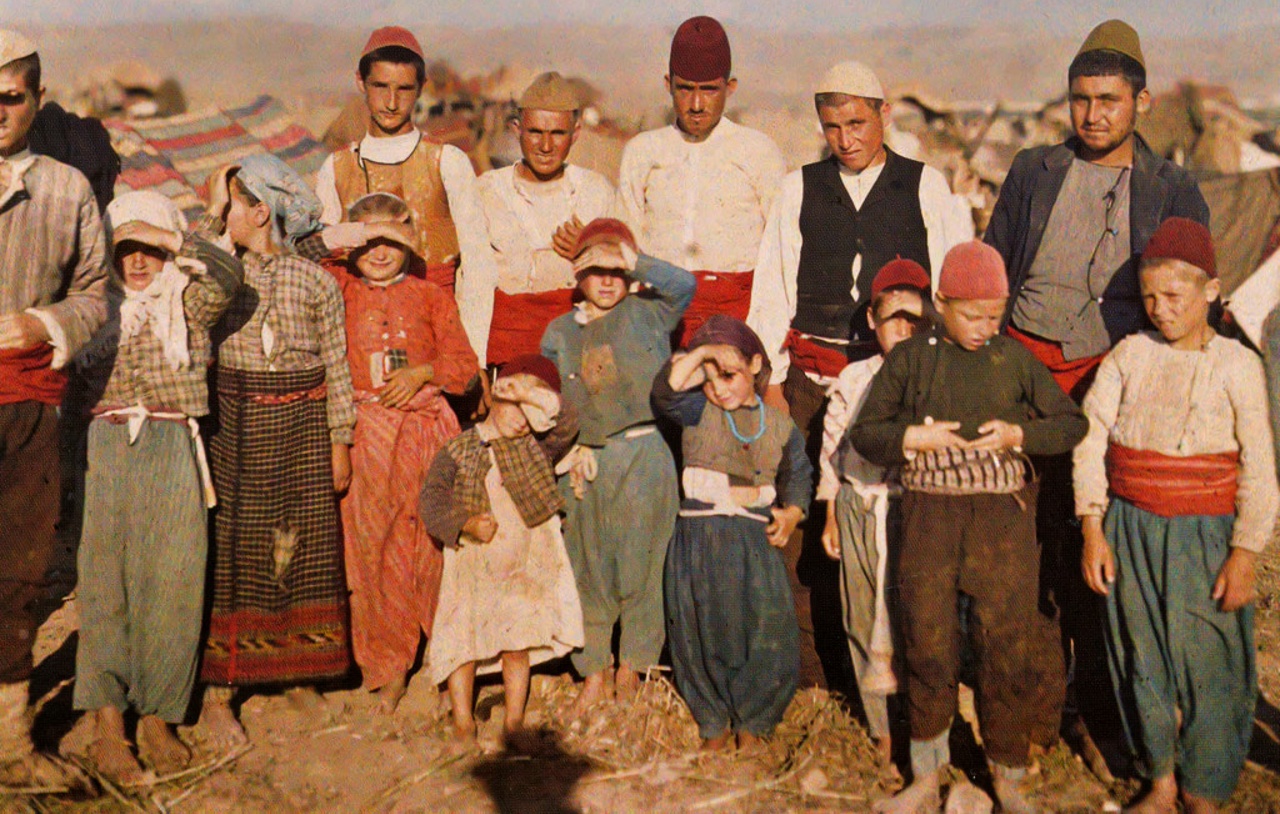
Except for the use of the fez in the new army, the edict was issued and everyone had to use it, but the developments did not continue as desired. We have mentioned that some sections interpret the fez as non-religious and refuse to use it. Since the people who refuse the fez are generally rural, under the name of fez and turban Two classes were created. At this time, the rural area began to be called “the turban”.
At first, everyone except the managers used the same fez; Later, according to the preferred fez model and color, people profession, country and faith factors came to the fore. This led to a decrease in the unifying power underlying the fez.
Fez became such an important issue over time that even the Fez Ministry was established.
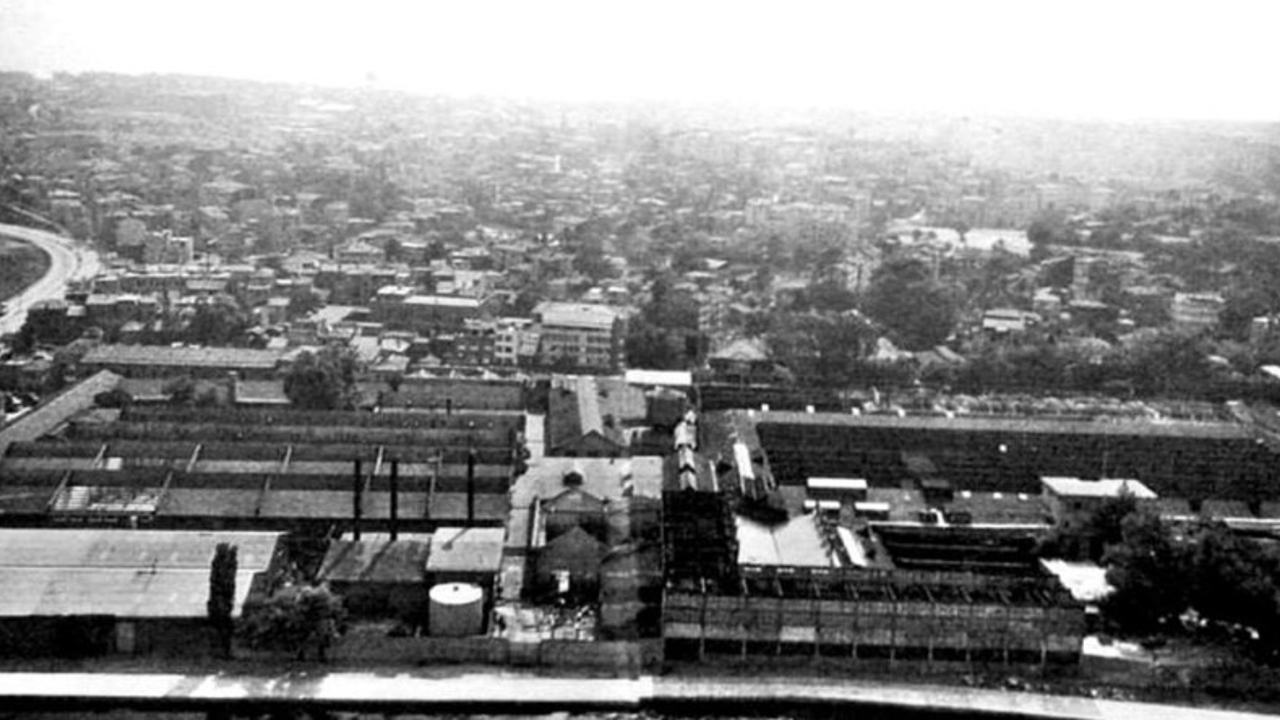
Feshane-i Amire
When the use of the fez became compulsory, there was a serious need for the fez. In order to respond to the needs of the public with production, where and how the fez will be used, who should choose which color and model, and the need for the fez. Ministry of Fez even established.
The first task of the Fez Ministry was to establish a serious fez production center, and this need was reflected in the place that gives its name to the Feshane district of Eyüpsultan district of Istanbul today. Feshane-i Amire installed and fixed. Later, fez production sites were opened in various parts of Anatolia.
Don’t forget to call it a fez, each fez has its own meaning and importance.
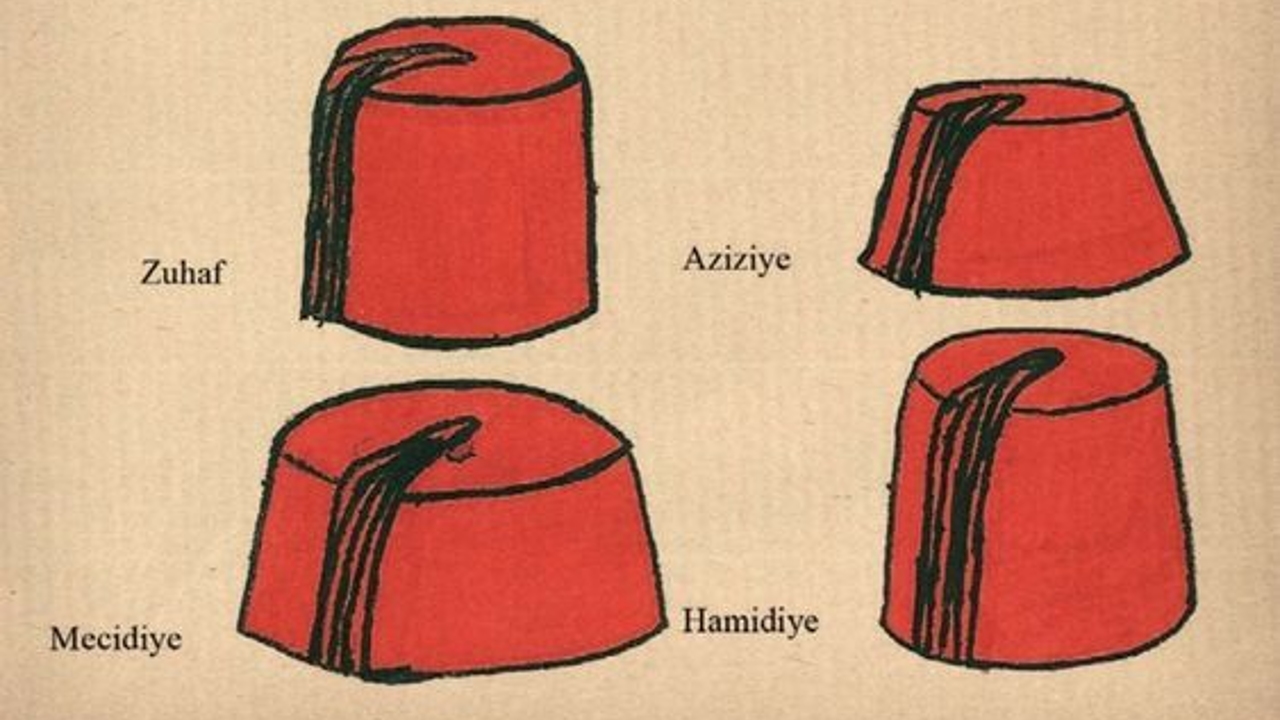
From red primrose and cranberry There were many models and colors of the fez, which was usually made of merino sheep’s feathers and felt.
Among these models, the most prominent ones are arabi, zero number, profit kickbird’s nest, shameful, bald coverlemon peel, pot bottom, burnt God, amaranth, tabla fez and zuhaf models.
Model names are usually due to physical appearance were the names. For example, the bald veil model was named the bald veil because it completely covers the head of people who do not have hair.
There is also the model that young girls like the most, and the choice of heavy brothers…
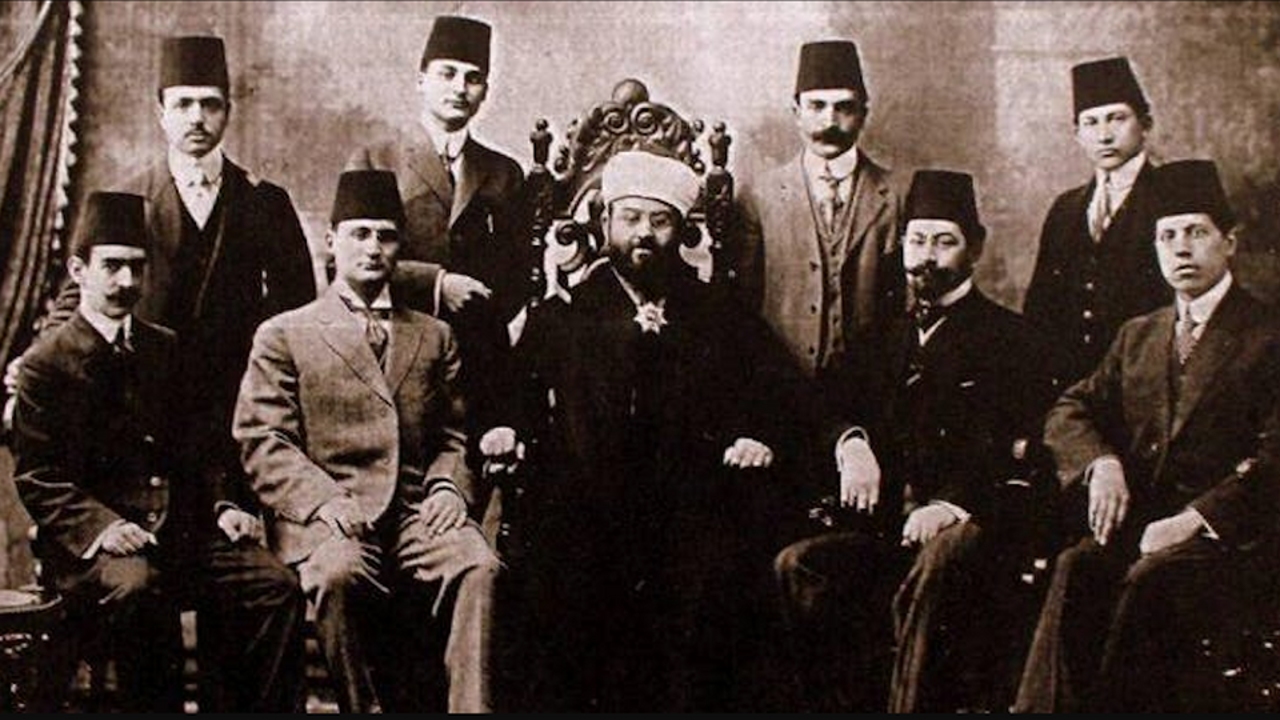
Just like today’s tie, the trick to looking more formalhowever, the fez served the same function in the past. In fact, past sources say that the fez without tassels is like walking around without a tie today. In other words, the tassel of the fez is as important as the fez.
Throwing the tassel forward, punk and heavy big brother hangs out It was people’s choice. The tassel that was most welcomed by the society was the tassel that was on the back of the fez and was up to the nape. Young girls, on the other hand, liked the boys with tassels that swayed to and fro the most.
Tell me your fez, I’ll tell you who you are.
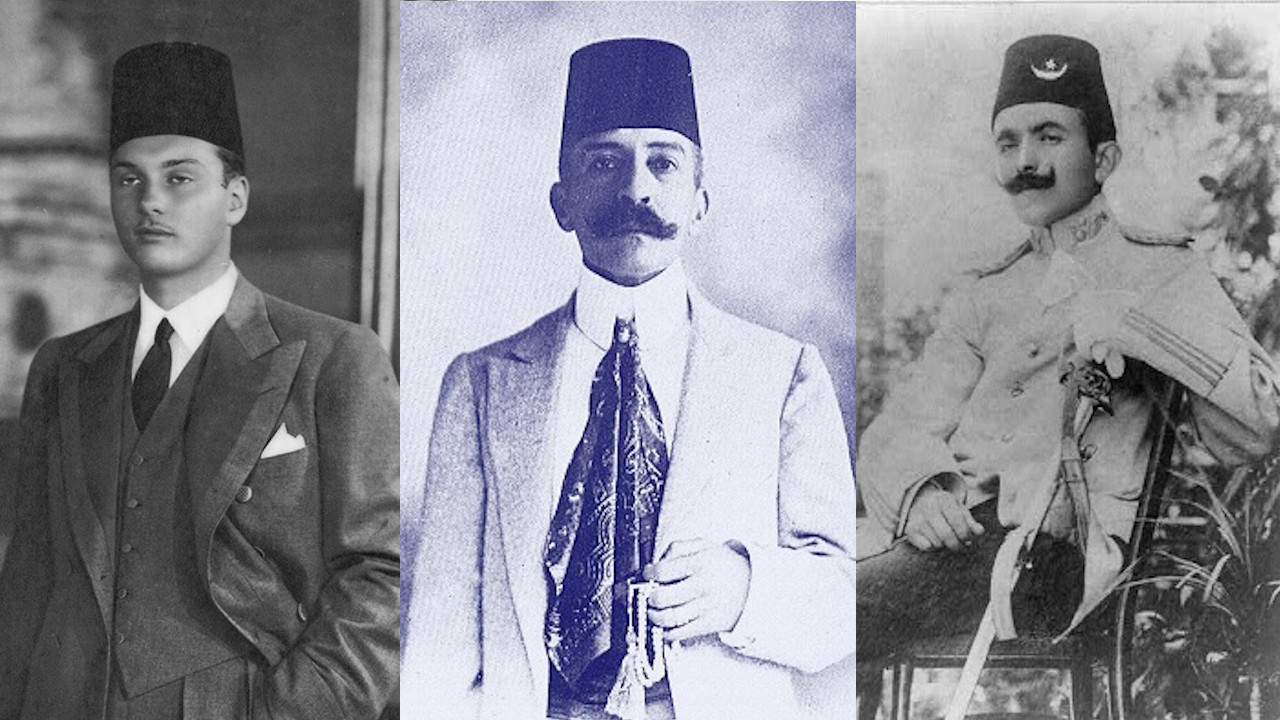
The fez that people wore in the Ottoman Empire was one of those fez that betrayed people. For example, the people cranberry fez when using; spies used a fez, the color of pomegranate. Each sultan had a unique fez model, and the models were named after the sultans. There were also various symbols on the fez of the soldiers.
People of Albanian descent white color fez when using; II. During World War II, Nazi supporters in Bosnia wore fezs with the SS logo. Black people serving in the British army wore a black fez. While green fez was used in Pakistan until the 1960s; Indian politician Mahmood Ali, on the other hand, used a longer and tasselless fez than normal fez.
The life of the fez, which we abandoned about 100 years ago, in the Ottoman Empire was about 100 years.

- Indonesia’s current President Joko Widodo and comedian Tommy Cooper
With the law enacted by the Turkish Grand National Assembly on November 25, 1925, the practice that lasted for 100 years was abandoned, and today we are living the 97th year of this law in 2022. Just as there was a mass who opposed this decision when the necessity of fez came, the abolition of the fez among the reforms of public equality and modernization was not welcomed by some groups and the victory of the National Struggle; especially under the name of fez and religion is going away. British agents provoking the public was intended to be undermined.
It is still in the humor organs of western states today. laziness and vanity The fez, which was touted as a “fez”, was used by famous British comedian Tommy Cooper to be funnier. Today, the heads of various Islamic states such as Morocco, Indonesia, and Nigeria continue to use the fez officially.
Bonus: The tasseled trouble…
One of the idioms that we use frequently in daily life, which is also mentioned in Tarkan’s song “Şımarık”hydra” is defined by the Turkish Language Association as “great distress, harming person or thing”. However, the story of this idiom goes back to the Ottoman Period.
In the Ottoman Empire, especially civil servants and during the inspection the tassels of the people should be neat but the tassels were often dispersed and spoiled by the wind. For this reason, the tassels were trimmed with a comb many times during the day, and even the children waiting on the corners with a comb would even earn money from this work. Over time, this situation has turned into the phrase “tassel trouble” due to the great distress caused by the tassel.
what about you Fez not much known What do you think about this story?
Resources: 1 / 2 / 3 / 4 / 5 /
